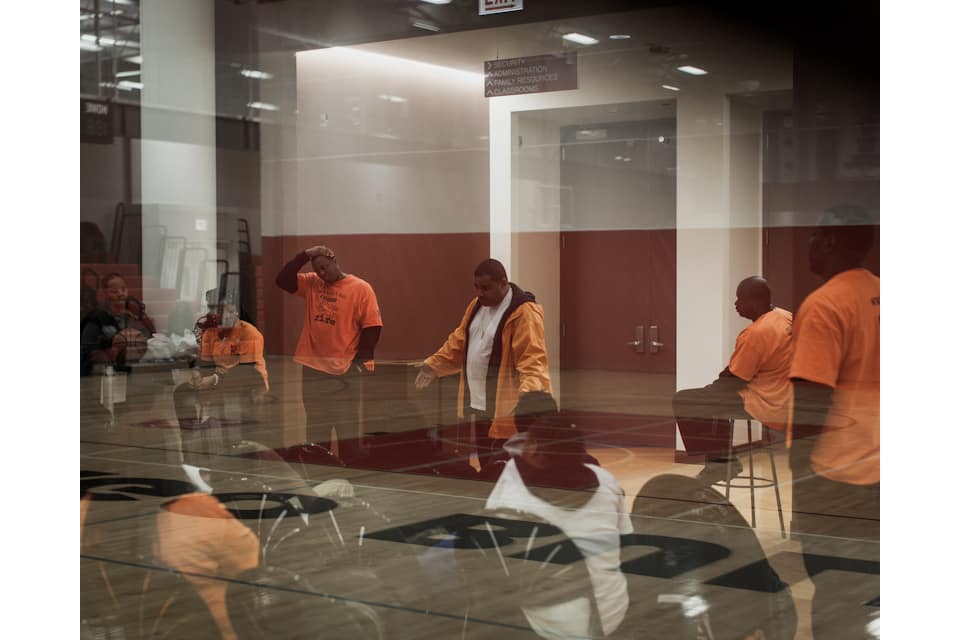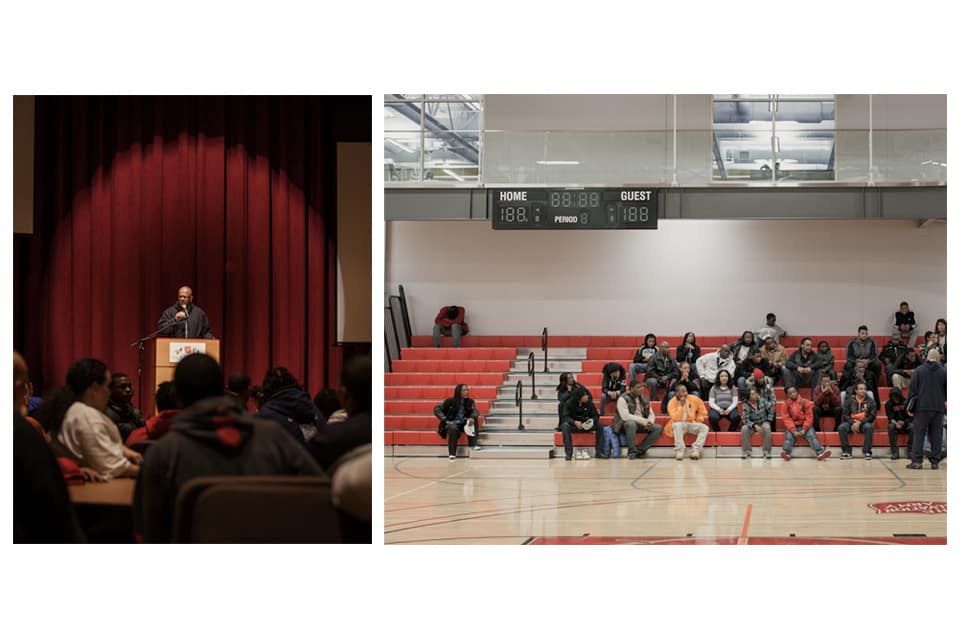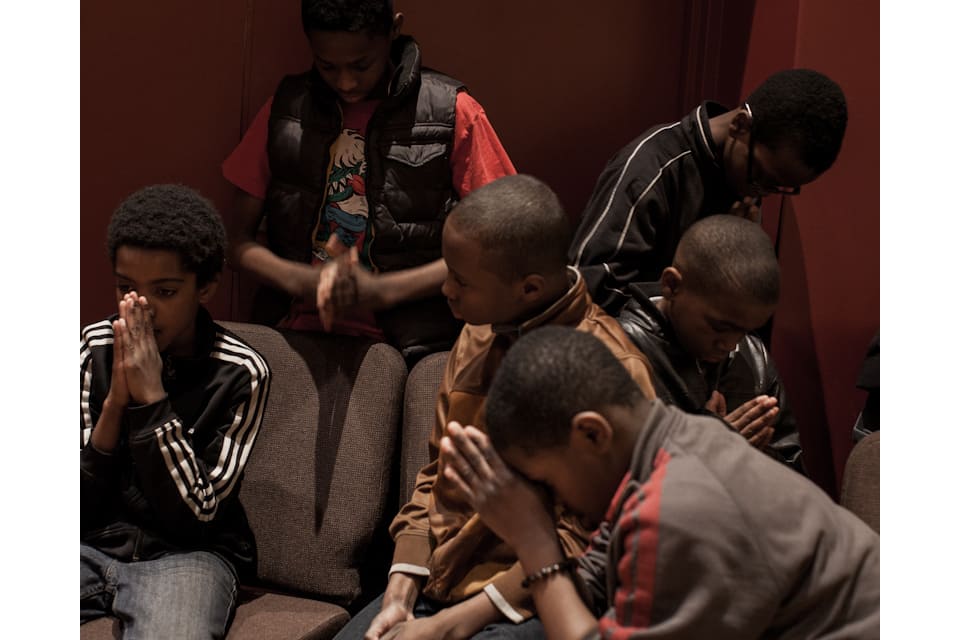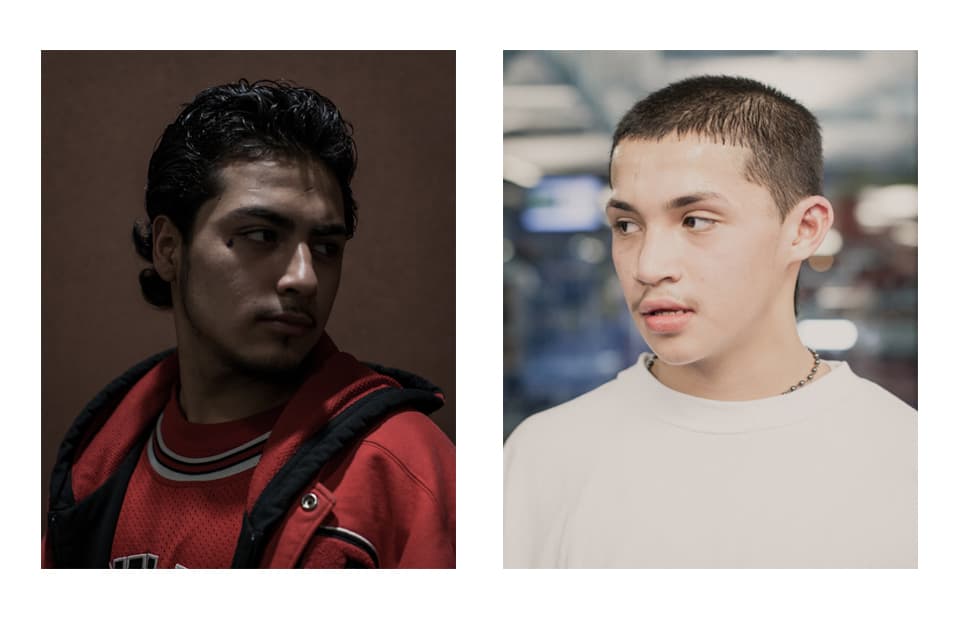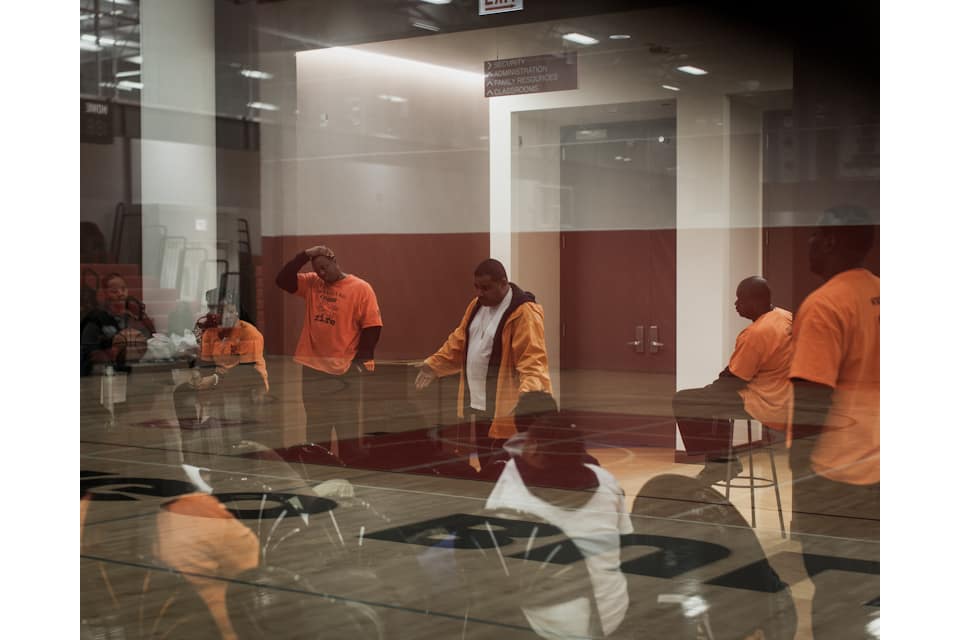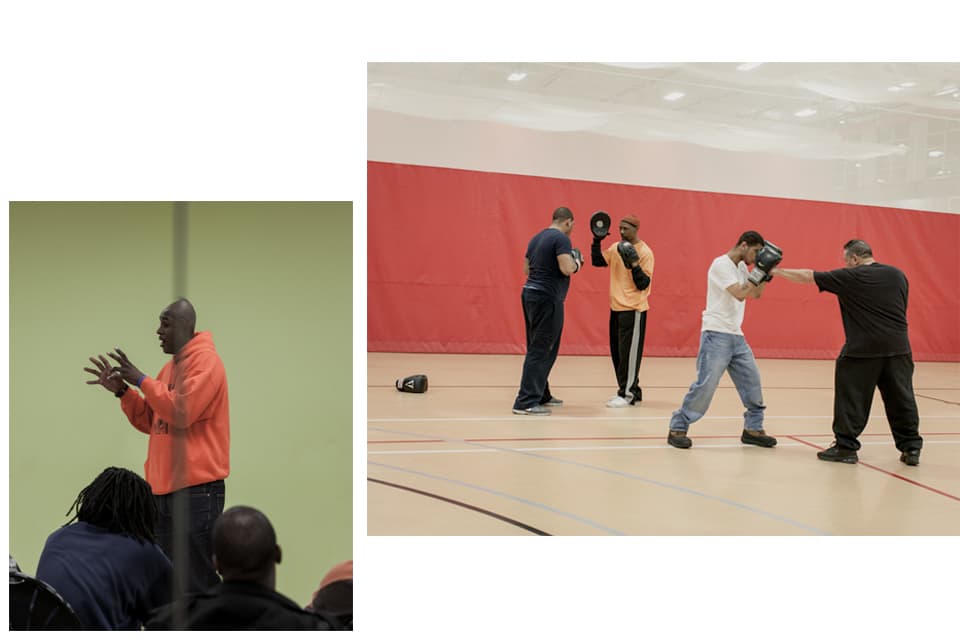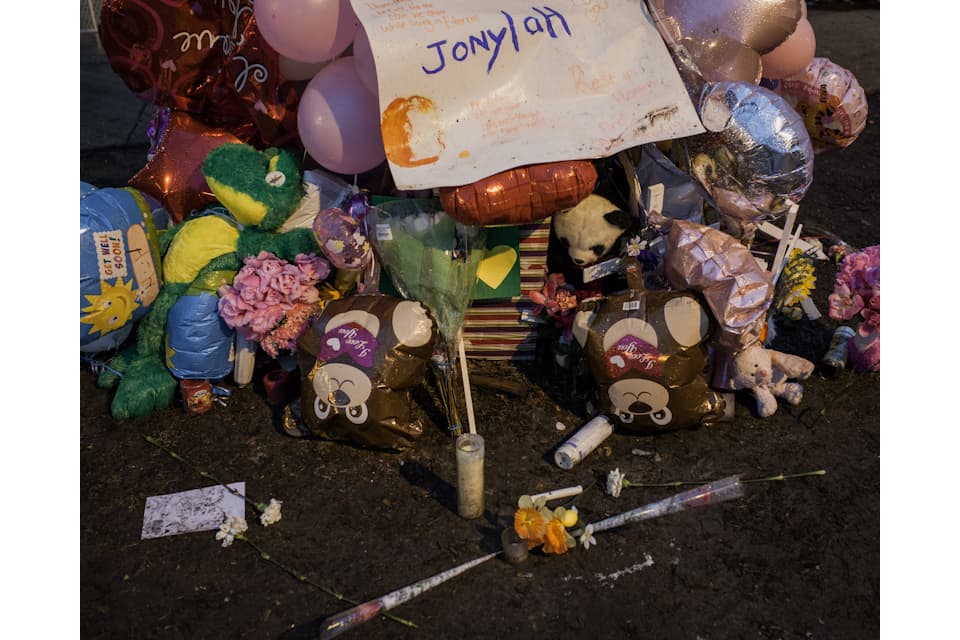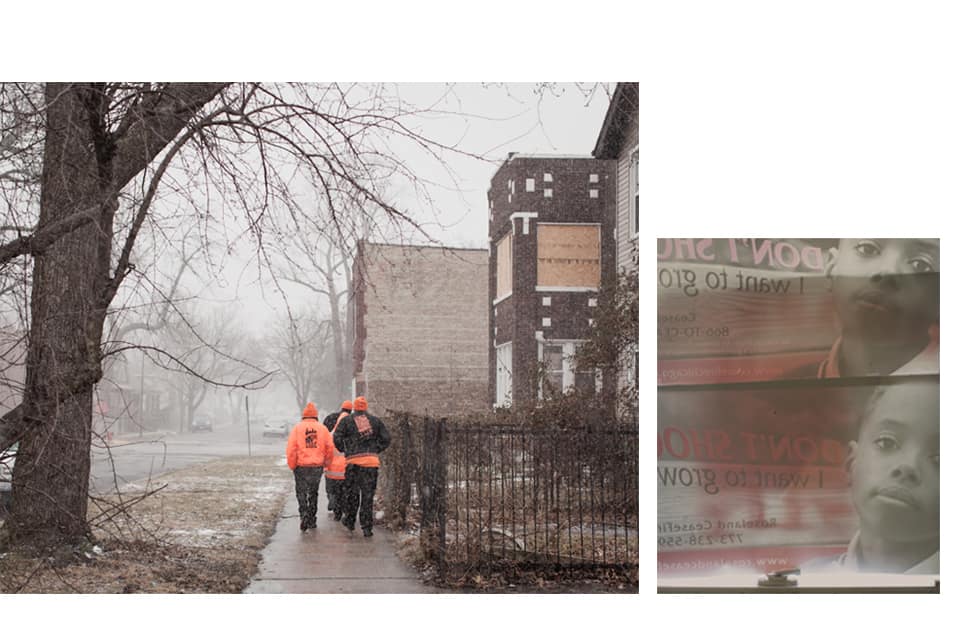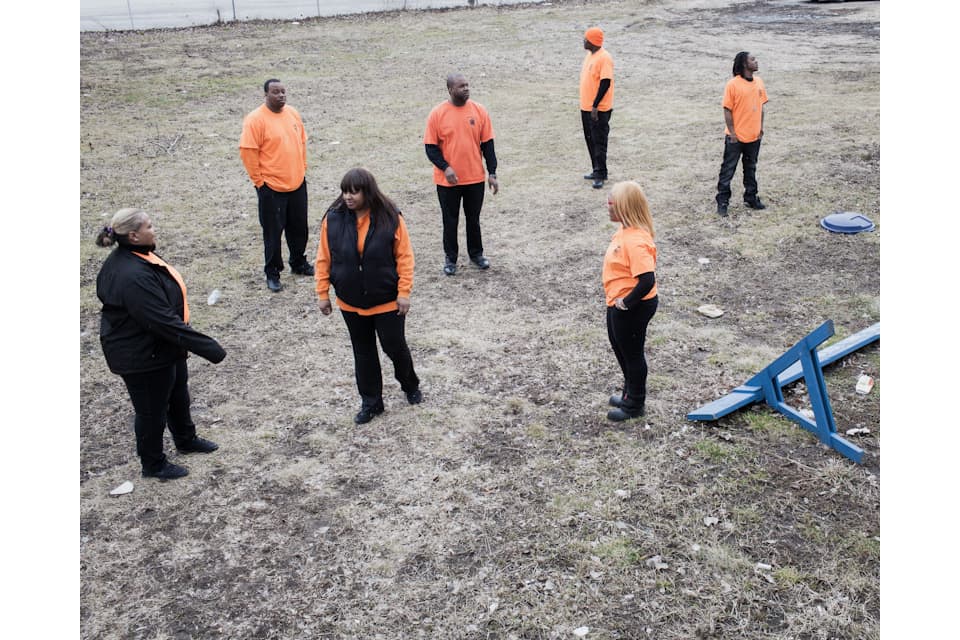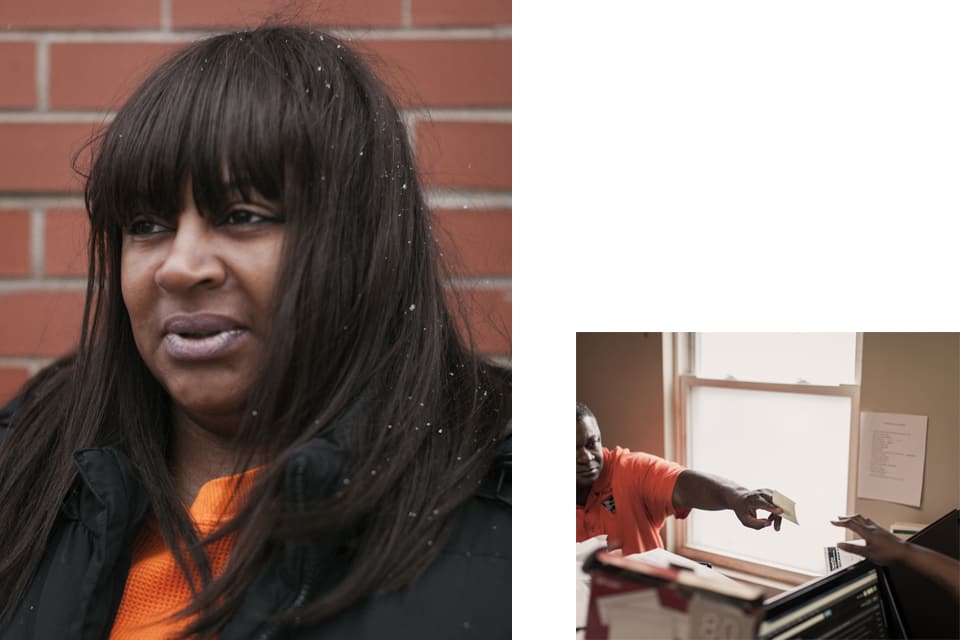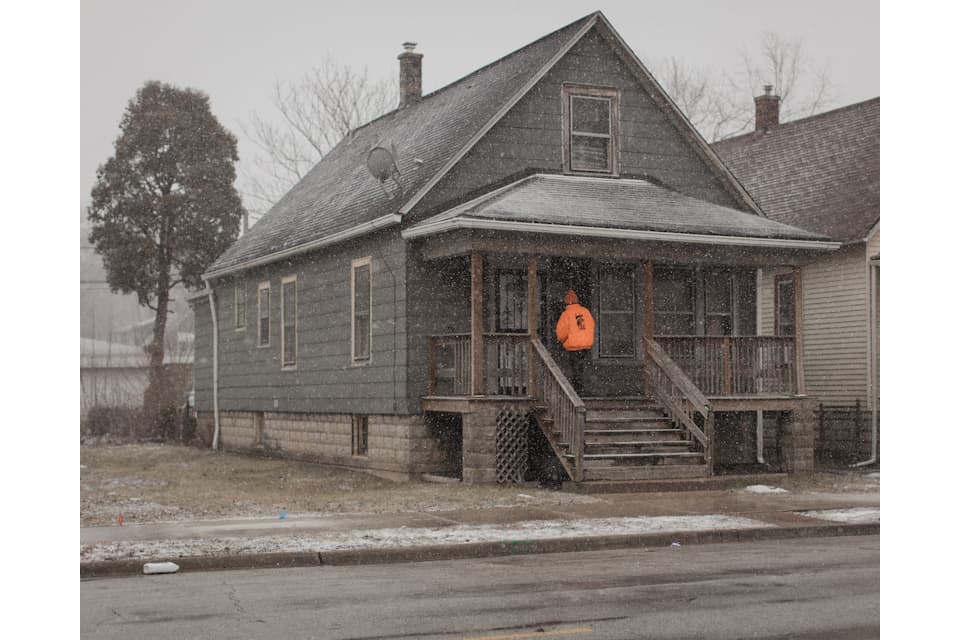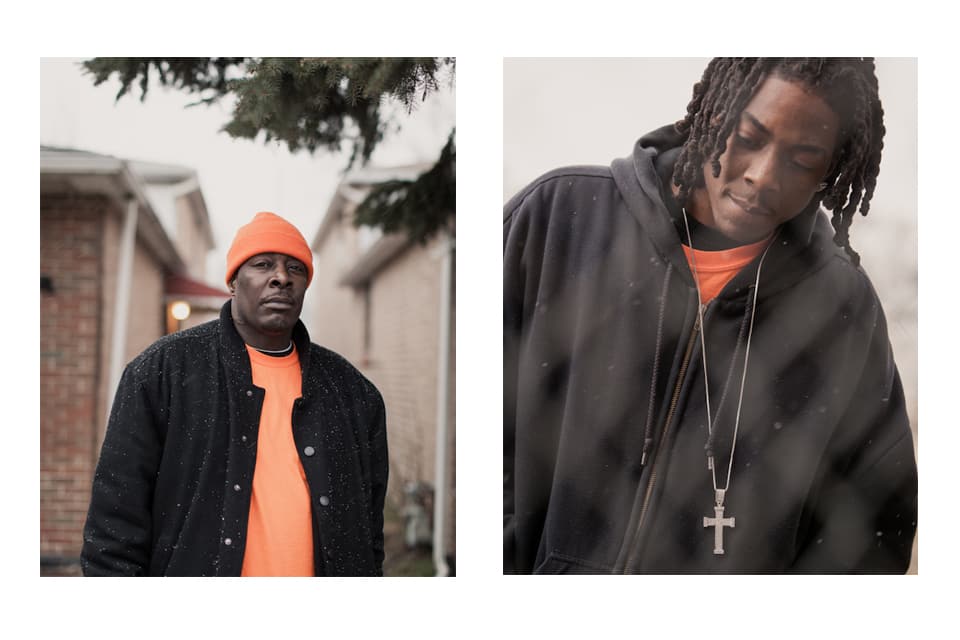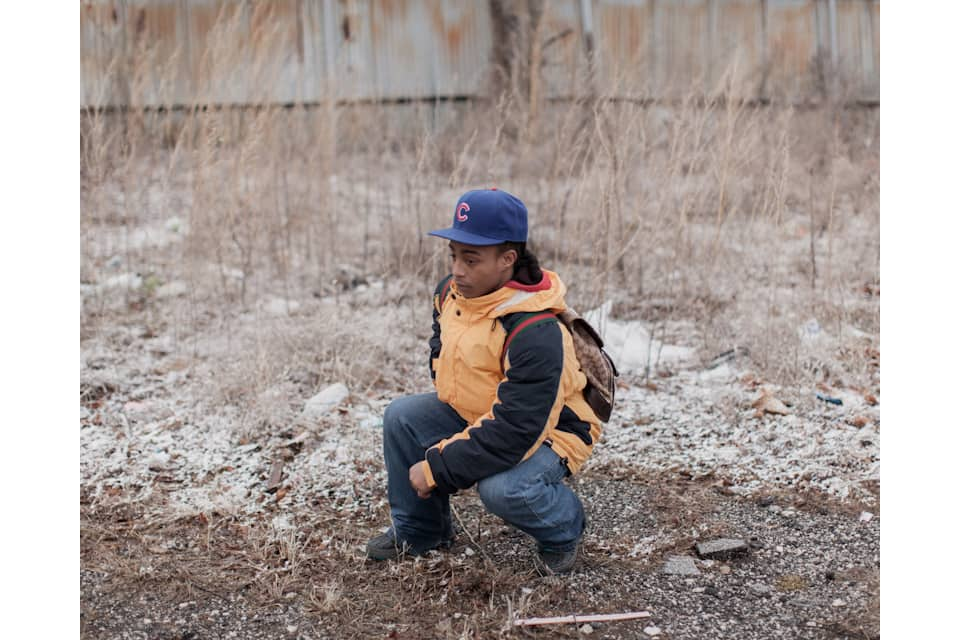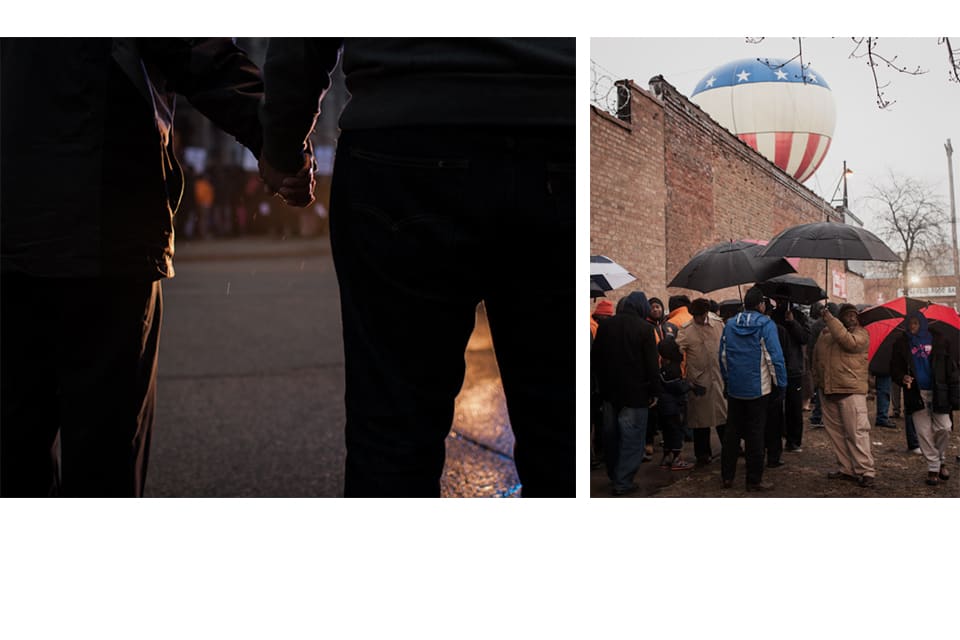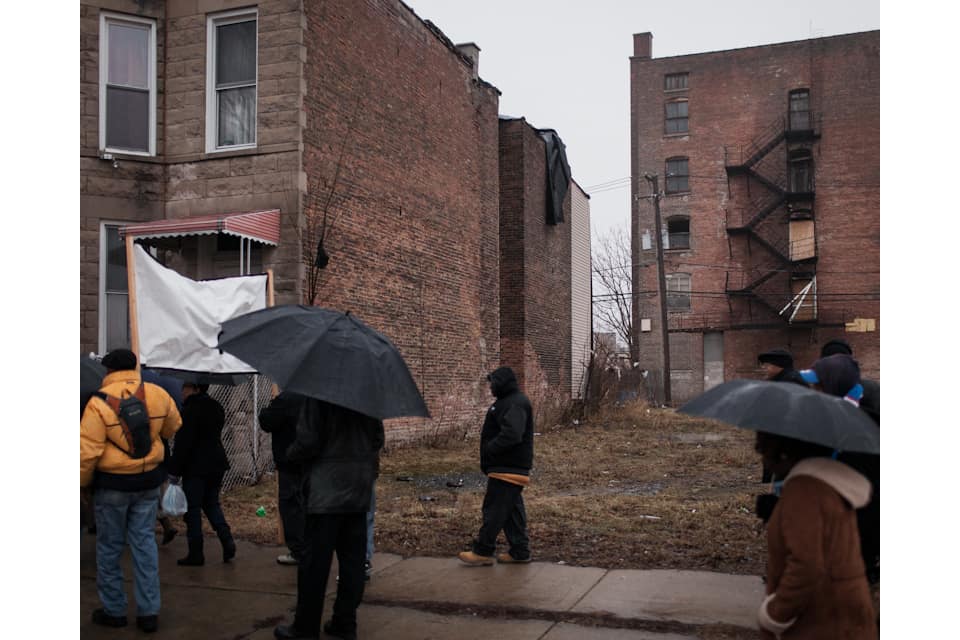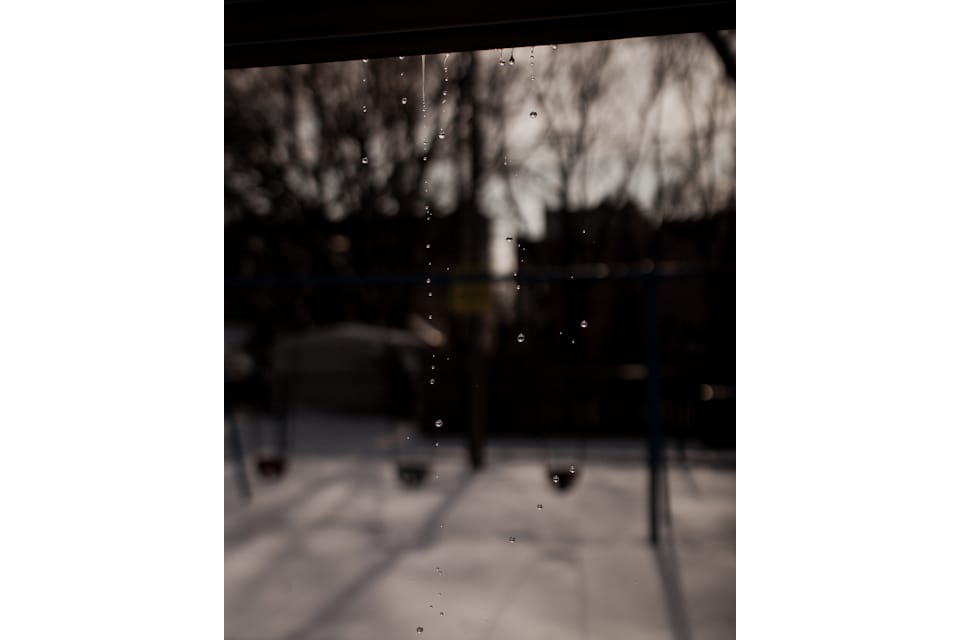CeaseFire, and its network of ex-gang affiliated violence "Interrupters," aims to mediate conflicts between cliques and gang members to prevent retaliatory shootings and killings in Chicago. In this extended edit, we look at our time with CeaseFire crews in Engelwood and Roseland, as well as grassroots community reaction to violent crimes against young people.
What is CeaseFire? How are they different than the police, who also aim to deter violence? CeaseFire is a community-oriented initiative, created by people who live in Chicago neighborhoods that are affected by violence. Their goal is to mediate conflict and enter at the point where it turns into violence. They’ve had a lot of publicity, they had that documentary made about them, and their model is effective yet they’re still kind of a critically underfunded organization. They see that often small stuff snowballs into larger things that escalate into violence and death. They recognize those patterns. CeaseFire’s mediators are from the neighborhood. They’ve been affected by violence in their own pasts, or done time in prison and know what getting wrapped up in a violent lifestyle can lead to. They have street credibility with the people that they’re talking to. They’ve been really successful because they’re insiders and there’s no pretense of the law. The police are outsiders on the inside, so, most of the time, there’s by default a hostility between the police and people in the community.
In the pictures you see an opposing rhythm of color between the bright orange that CeaseFire wears and the cold, blue lights of police cars and surveillance towers. Psychologically, the police and CeaseFire might kind of occupy the same space, but one is so much more effective than the other. Police wear colors, CeaseFire wears colors. The same tactics used by the police are used by CeaseFire. They have beats, they run beats, they’re always around, they try to get to know people. But with CeaseFire, there’s not that air of hostility.
Tell me about the first night you spent with CeaseFire, when they were putting 200 kids up at the Salvation Army for the weekend. I got a tip from [photographer] Justin Maxon who was working with CeaseFire on a story for TIME and made some calls. There was this lockdown where CeaseFire was hosting some of their most at-risk clients. They call a lot of the people into one place, sit down and talk. They get people who might have conflicts with each other in the same room for something positive, but also do stuff like sports, so it’s fun too. They were super welcoming. Everyone I talked to wanted to talk to me. I just hung out. It was my first time meeting people and I wanted to establish something personal first. I started photographing people I met there more in the following weeks.
Our central goal for this project was that it would be from the perspective of a kid growing up in these neighborhoods. How do those kids see CeaseFire? On the one hand, there’s a legitimate level of respect, because of the lives that have led these guys and women [from CeaseFire] to this point. But there’s also a weariness. At that first CeaseFire event I went to, for the first couple hours, I noticed a lot of kids kind of playing it cool, not really participating that much or getting into it. There’s always a generational thing. It doesn’t matter how much respect a young person might have for an older person, there’s always gonna be this thing where you kind of think what they’re saying is bullshit or that they don’t understand.
